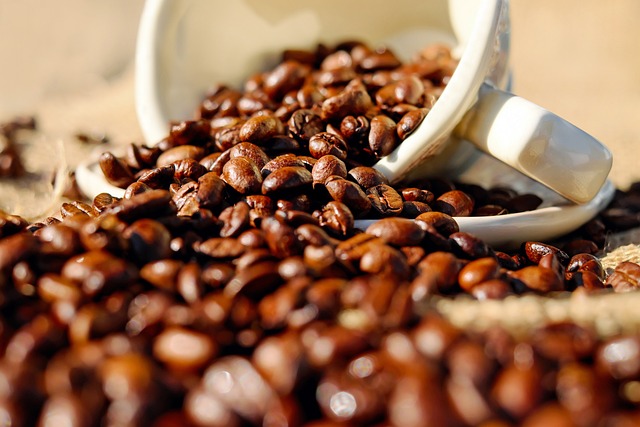How to make the perfect coffee with a superautomatic coffee machine

How to make the perfect coffee with a superautomatic coffee machine
Whether you're a coffee lover or simply looking to improve your morning routine, mastering the art of making great coffee.
In this article, we explain the keys to making good coffee with the superautomatic coffee machines that we have available in Bureau Vallée Malta.

Choosing the right coffee for superautomatic coffee machines
The choice of speciality coffee is fundamental to any brewing method, but in superautomatic coffee machines, the type of bean can make a significant difference. Not all coffees are the same, and choosing the right one can make a noticeable difference to the taste and quality of your coffee.
The type of coffee bean is critical in determining the flavour profile of your coffee. For this type of coffee maker, Arabica is preferable, which generally offers a smoother, more nuanced taste than Robusta. Another factor to consider is the freshness of the bean. A freshly roasted bean guarantees that the coffee retains its aromas, so always look for suppliers, such as Bureau Vallée.
In short, opt for fresh, high-quality beans, preferably medium-roasted, as they offer a perfect balance between acidity and bitterness. It is also important to avoid beans that are too oily, as they can clog the internal mechanisms of the machine. At Bureau Vallée Malta, we offer a selection of coffee beans that are perfectly suitable for use in this type of coffee machine.
Important settings on the superautomatic coffee machine for great coffee
To get the most out of your superautomatic coffee machine and enjoy exceptional coffee, precise settings are essential. A perfect coffee machine setting not only influences the taste and quality of the coffee but also ensures that every cup is perfect.
Grind Settings
The right grind is crucial for a good espresso, especially in superautomatic coffee machines where precision is paramount. One of the features of this type of machine is that the grind size can be adjusted according to the type of coffee and your personal preferences. For a standard espresso, for example, a fine grind that is not too dusty is ideal.
If you notice that the coffee comes out too sluggish or too bitter tasting, this could indicate that the grind is too fine. On the other hand, a grind that is too coarse can cause the coffee to be extracted too quickly, resulting in a beverage that lacks body. Gradual adjustments are recommended to find the perfect balance between body and flavour. A good practice is to start with a medium-fine grind and adjust from there as needed.

How to load coffee and set up the machine
Loading coffee correctly and setting up the machine are simple but essential steps. To load coffee into the superautomatic coffee machine, first make sure the bean container is clean and dry. This prevents oils from the old coffee from affecting the fresh flavours and aromas of the new beans.
Once the beans are loaded, it is vital to set up the machine properly. Most of these coffee machines allow you to adjust the amount of ground coffee used per cup, as well as the amount of water. A useful tip is to start with the manufacturer's recommended settings and then adjust according to your personal taste.
Temperature and pressure settings: Crucial factors
Temperature and pressure are two factors that dramatically impact coffee quality. Most superautomatic brewers allow you to adjust both parameters.
A good rule of thumb is to set the temperature around 90°C and 96°C. If the temperature is too high, the coffee may burn, giving a bitter and unpleasant taste. If it is too low, the coffee may become acidic or under-extracted.
Pressure, measured in bars, is another critical aspect. Super-automatic coffee machines usually operate at around 9 bar, although this will depend on the model of the machine. It is important to ensure that your machine maintains this pressure during extraction to ensure a rich cream.
Comments : 0